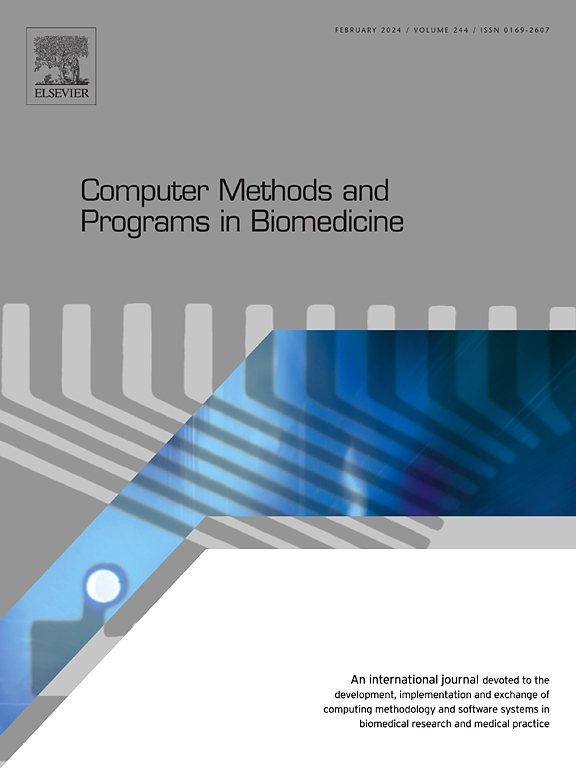M2OCNN: Many-to-One Collaboration Neural Networks for simultaneously multi-modal medical image synthesis and fusion
IF 4.9
2区 医学
Q1 COMPUTER SCIENCE, INTERDISCIPLINARY APPLICATIONS
引用次数: 0
Abstract
Background and Objective:
Acquiring comprehensive information from multi-modal medical images remains a challenge in clinical diagnostics and treatment, due to complex inter-modal dependencies and missing modalities. While cross-modal medical image synthesis (CMIS) and multi-modal medical image fusion (MMIF) address certain issues, existing methods typically treat these as separate tasks, lacking a unified framework that can generate both synthesized and fused images in the presence of missing modalities.
Methods:
In this paper, we propose the Many-to-One Collaboration Neural Network (M2OCNN), a unified model designed to simultaneously address CMIS and MMIF. Unlike traditional approaches, M2OCNN treats fusion as a specific form of synthesis and provides a comprehensive solution even when modalities are missing. The network consists of three modules: the Parallel Untangling Hybrid Network, Comprehensive Feature Router, and Series Omni-modal Hybrid Network. Additionally, we introduce a mixed-resolution attention mechanism and two transformer variants, Coarsormer and ReCoarsormer, to suppress high-frequency interference and enhance model performance.
M2OCNN outperformed state-of-the-art methods on three multi-modal medical imaging datasets, achieving an average PSNR improvement of 2.4 dB in synthesis tasks and producing high-quality fusion images despite missing modalities. The source code is available at https://github.com/zjno108/M2OCNN.
Conclusion:
M2OCNN offers a novel solution by unifying CMIS and MMIF tasks in a single framework, enabling the generation of both synthesized and fused images from a single modality. This approach sets a new direction for research in multi-modal medical imaging, with implications for improving clinical diagnosis and treatment.
求助全文
约1分钟内获得全文
求助全文
来源期刊

Computer methods and programs in biomedicine
工程技术-工程:生物医学
CiteScore
12.30
自引率
6.60%
发文量
601
审稿时长
135 days
期刊介绍:
To encourage the development of formal computing methods, and their application in biomedical research and medical practice, by illustration of fundamental principles in biomedical informatics research; to stimulate basic research into application software design; to report the state of research of biomedical information processing projects; to report new computer methodologies applied in biomedical areas; the eventual distribution of demonstrable software to avoid duplication of effort; to provide a forum for discussion and improvement of existing software; to optimize contact between national organizations and regional user groups by promoting an international exchange of information on formal methods, standards and software in biomedicine.
Computer Methods and Programs in Biomedicine covers computing methodology and software systems derived from computing science for implementation in all aspects of biomedical research and medical practice. It is designed to serve: biochemists; biologists; geneticists; immunologists; neuroscientists; pharmacologists; toxicologists; clinicians; epidemiologists; psychiatrists; psychologists; cardiologists; chemists; (radio)physicists; computer scientists; programmers and systems analysts; biomedical, clinical, electrical and other engineers; teachers of medical informatics and users of educational software.
 求助内容:
求助内容: 应助结果提醒方式:
应助结果提醒方式:


